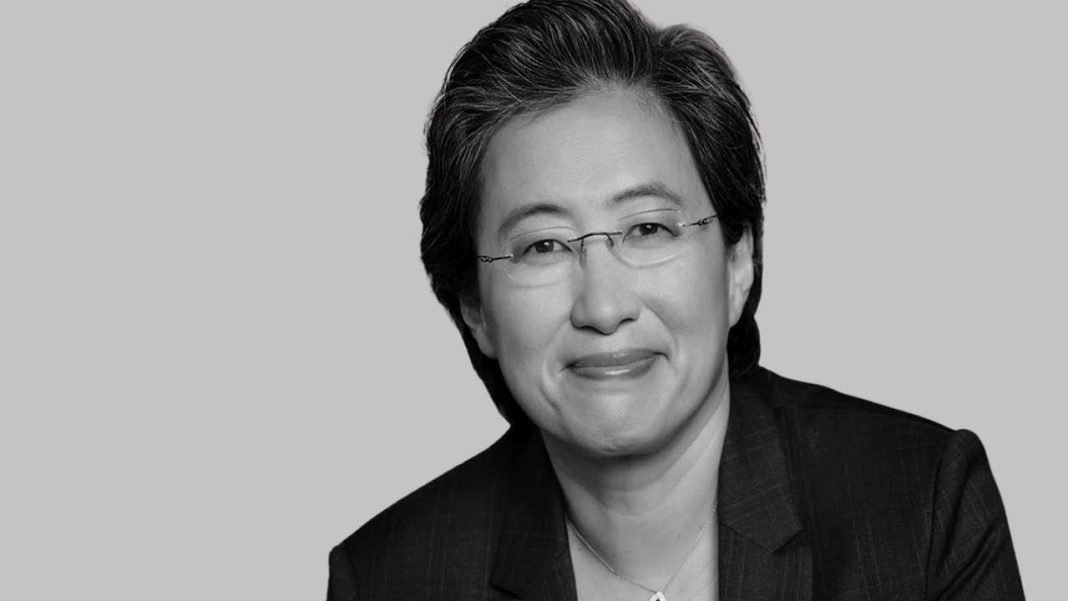Lisa Su: The Person Who Changed AMD
Lisa Tzwu-Fang Su was born in Tainan, Taiwan, in November 1969. She moved to the United States when she was three years old and settled in New York. There, her parents—her father was a statistician and her mother was an accountant turned entrepreneur—encouraged her interest in math and business. Su took apart and put back together her brother’s remote-control cars when she was young, which sparked a lifelong interest in how things work. After finishing high school at the Bronx High School of Science in 1986, she went to the Massachusetts Institute of Technology (MIT) to study electrical engineering because she “wanted the most difficult challenge.”
While at MIT, Su did very well in her undergraduate research, making test silicon wafers and learning how to use silicon-on-insulator (SOI) technology. This work would later be the basis for her groundbreaking work on improving semiconductor efficiency. She got her BS in 1990, her MS in 1991, and her PhD in electrical engineering in 1994. Her advisors were Dimitri Antoniadis and James Chung. Her dissertation was called “Extreme-submicrometer silicon-on-insulator (SOI) MOSFETs.”
Get promoted: From IBM to AMD
After getting her doctorate, Su worked for Texas Instruments from 1994 to 1995, when she moved to IBM’s Semiconductor Research and Development Center. She was in charge of making big advances in copper interconnects, fixing serious contamination problems, and launching chips that were up to 20% faster than aluminum-based ones in 1998. In 2000, she started IBM’s Emerging Products division, which worked on biochip research and made low-power processors that made batteries last longer in handheld devices. Her team also worked on the Cell processor, which later powered the PlayStation 3 from Sony.
Su was the Chief Technology Officer and Senior Vice President at Freescale Semiconductor from 2007 to 2011. He was in charge of strategy, marketing, and engineering for embedded communications and application processors. Freescale got ready for its 2011 IPO under her leadership, and the company refocused on network-centric chips and multimedia solutions.
Su became AMD’s Senior Vice President and General Manager in January 2012. He was in charge of the company’s global business units and the “end-to-end business execution” of AMD products. Some of her first steps were to expand AMD’s business beyond PCs, get partnerships to put AMD chips in the Xbox One and PlayStation 4, and simplify the company’s product lines. These actions set the stage for her to become CEO in October 2014.
Transforming AMD: Strategic Vision and Execution
When Su took the helm in 2014, AMD faced financial instability, a dwindling market share, and fierce competition from Intel. She articulated a three-pronged strategy:
- Technology Investments: Prioritize research in high-performance computing and graphics.
- Operational Simplification: Streamline product lines to reduce complexity and costs.
- Market Diversification: Expand into data centers, gaming consoles, and immersive platforms.
By 2016, approximately 40% of AMD’s revenue stemmed from non-PC markets—up from just 10% in 2012—highlighting Su’s success in broadening AMD’s addressable markets. Her insistence on calculated risk-taking and bold technology bets revitalized AMD’s product roadmap and brand positioning.
Key Product Milestones: Ryzen, EPYC, and GPU Leadership
Under Su’s leadership, AMD launched two critical processor families:
- Ryzen (2017): Desktop CPUs that delivered competitive multi-core performance and power efficiency, reclaiming enthusiast and mainstream market segments.
- EPYC (2017): Server-grade processors with high core counts and energy efficiency, directly challenging Intel’s Xeon lineup in data centers.
These architecture innovations translated into measurable market gains. AMD’s market share in x86 server CPUs rose from near-zero to double-digit percentages by 2024, while Ryzen CPUs secured strong footholds among gamers, content creators, and OEMs.
Complementing its CPU triumphs, AMD advanced GPU development with the RDNA and “Navi” architectures. These GPUs fuel next-generation game consoles—the Xbox Series X and PlayStation 5—cementing AMD’s position in the confluence of gaming and high-performance computing.
Financial Performance and Market Impact
Financially, AMD’s turnaround under Su has been nothing short of remarkable. Key metrics include:
| Fiscal Metric | 2014 (Pre-Su) | 2024 (Latest) |
|---|---|---|
| Market Capitalization | ~$3 billion | Over $200 billion |
| Annual Revenue | $5.5 billion | $25.8 billion (2024) |
| Revenue Growth Since CEO | N/A | +370% since 2014 |
| Profitability | Net loss | Consistent net income |
These figures reflect investor confidence in Su’s strategic direction, with AMD overtaking Intel in market capitalization for the first time in its history.
Compensation and Recognition
As AMD’s CEO, Su’s compensation has also drawn attention. In fiscal year 2024, her total compensation reached $31 million, comprising $1.26 million in base salary, $21.7 million in stock awards, and $6.2 million in other incentives. For 2025, AMD raised her base salary to $1.32 million and granted a new equity award with a target value of $33 million, split into performance-based and time-based equity.
| Compensation Element | 2024 | 2025 Target |
|---|---|---|
| Base Salary | $1.26 million | $1.32 million |
| Stock Awards | $21.7 million | $24.75 million (est.) |
| Other Awards | $6.2 million | $8.25 million (est.) |
| Total Compensation | $31 million | $33 million (target) |
Su’s status as the highest-paid female CEO in the S&P 500 underscores both her performance and AMD’s commitment to aligning executive incentives with shareholder value creation.
Leadership Style and Industry Recognition
Su’s leadership is defined by her analytical rigor, collaborative ethos, and unwavering focus on innovation. She fosters an inclusive culture that attracts top talent and rewards cross-functional.


